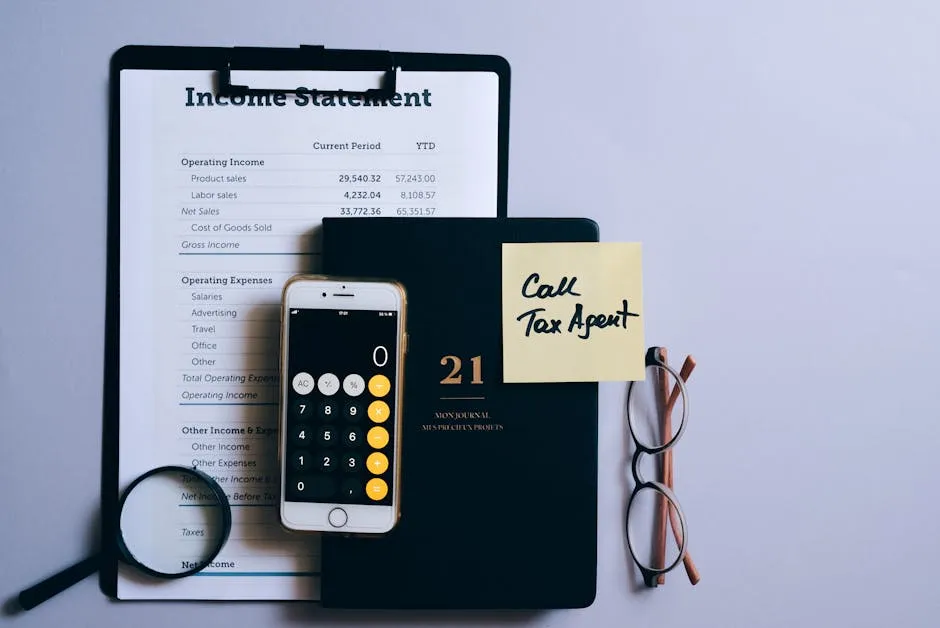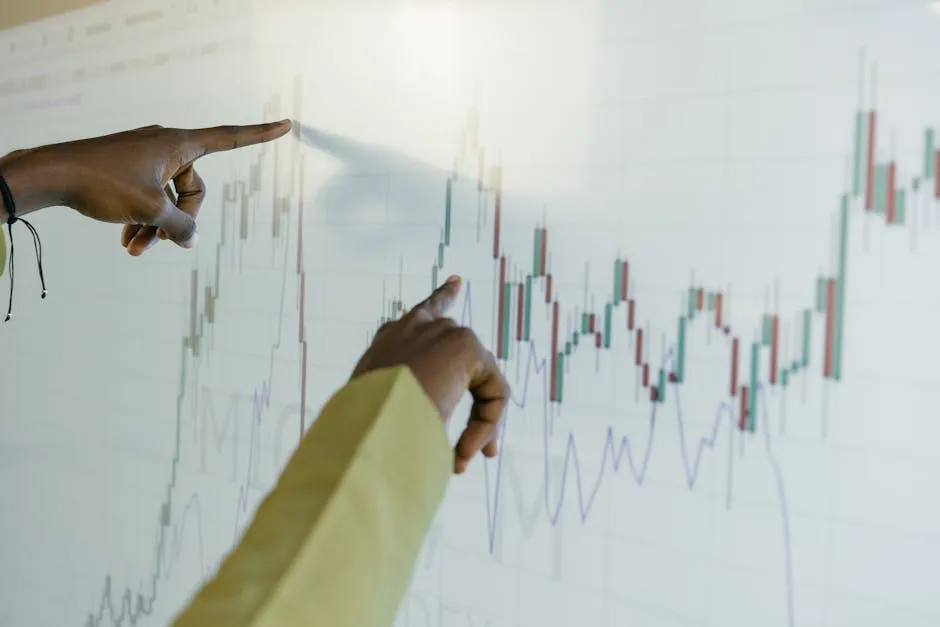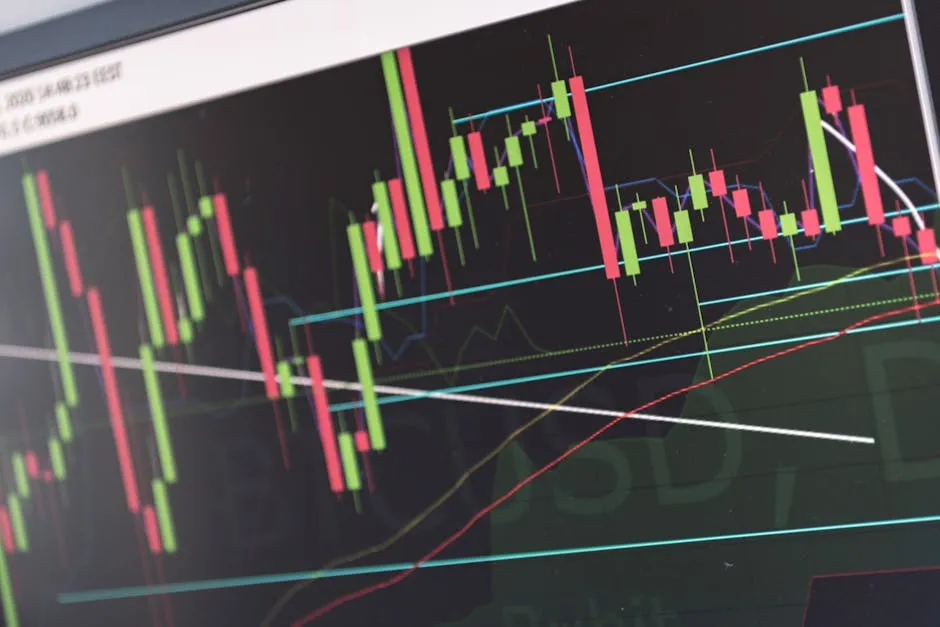Introduction
Statistics play a pivotal role in business and economics. They help organizations make informed decisions, forecast trends, and analyze data patterns. Without statistics, businesses would be sailing blind, making guesses instead of strategic decisions.
The 7th edition of “Statistics for Business and Economics” by McClave, Benson, and Sincich is a crucial resource in this field. This edition is a refined version of its predecessors, offering updated content and practical examples that resonate with today’s data-driven world. The book emphasizes statistical thinking and the validity of data interpretation, essential for anyone involved in business analysis.
In this article, we will unpack the features of this edition, explore its key offerings, and highlight how it equips students and professionals with the necessary tools to thrive in their careers. Expect to learn about the authors, the structure of the book, and how it stands out in the educational landscape.
But before we dive deeper, if you’re looking to enhance your Excel skills to make those statistics shine, check out Excel 2021 for Dummies. It’s the perfect guide to help you navigate spreadsheets like a pro!

Understanding the Book: Overview and Features
Authors and Publication Details
The trio behind this insightful text includes James T. McClave, P. George Benson, and Terry Sincich. Each author brings valuable expertise to the table. McClave is renowned for his contributions to business statistics, while Benson’s experience in economics adds depth to the content. Sincich rounds out the team with his practical approach to teaching statistics.
This 7th edition, published by Prentice Hall, boasts an ISBN-10 of 0138402329 and an ISBN-13 of 978-0138402327. It first hit the shelves in 1998, and since then, it has served as a cornerstone for students and professionals alike. Its significance lies in its comprehensive approach to statistics, focusing on inference and real-world applications. Each edition builds on the last, with updates that reflect current trends and technological advancements in data analysis.
This edition is not just a rehash of previous content; it incorporates new case studies, current examples, and exercises based on real business situations. These enhancements make it an invaluable resource for anyone looking to sharpen their statistical skills. The book is designed to be user-friendly, ensuring that complex statistical concepts are presented in an accessible manner.
If you’re interested in digging deeper into statistical concepts, consider grabbing Business Statistics: A First Course by David M. Levine. It’s a fantastic companion for beginners and seasoned analysts alike!
The 7th edition stands as a testament to the authors’ commitment to providing a relevant and practical guide to statistics in business and economics. It encourages readers to think critically about data and its implications for decision-making. Whether you’re a student or a seasoned professional, this book promises to equip you with the statistical tools needed to navigate the complexities of the business world.

Key Features of the 7th Edition
The “Statistics for Business and Economics” 7th Edition by McClave, Benson, and Sincich shines with several standout features. First and foremost, it places a strong emphasis on statistical inference. This is the bread and butter of data analysis. The book doesn’t just teach you numbers; it shows you how to interpret them in real-world scenarios. It’s like having a GPS for navigating the twisty roads of data interpretation.
Another notable aspect is the inclusion of case studies and examples rooted in current economic events. This makes the learning experience relatable and relevant. Imagine analyzing a case about the latest market trends while sipping your coffee. It brings statistics to life, transforming potentially dry material into engaging content that feels like a conversation rather than a lecture.
Last but not least, the supplemental materials available with this edition are a game-changer. An annotated instructor’s manual supports educators, providing guidance on how to teach complex concepts effectively. Additionally, the online resources allow for interactive learning, making statistics more accessible. Whether you’re a student or an instructor, these tools enhance the overall educational experience.
For those who want to take their data skills to the next level, consider The Data Warehouse Toolkit: The Definitive Guide to Dimensional Modeling by Ralph Kimball. It’s a classic for understanding how to organize and analyze business data!
The Role of Statistics in Business and Economics
Importance of Statistical Thinking
Statistical thinking is not just a fancy phrase; it’s a vital skill in today’s business landscape. It empowers decision-makers to make informed choices based on data rather than gut feelings. Imagine a business deciding whether to launch a new product. With statistical thinking, they can analyze market trends and consumer behavior, ensuring their decisions are backed by solid evidence.
But it doesn’t stop there. Statistical thinking also helps assess the credibility and value of data in business contexts. In a world overflowing with information, not all data is created equal. Knowing how to evaluate the source, quality, and relevance of data is crucial. For example, if a marketing team wants to know the effectiveness of a campaign, they need to discern whether their data comes from reputable surveys or dubious sources.
In essence, developing statistical thinking fosters a culture of critical evaluation. This isn’t just about crunching numbers; it’s about cultivating a mindset that values evidence over hearsay. As businesses face increasingly complex challenges, the ability to think statistically stands as a beacon guiding them through the fog of uncertainty toward informed, strategic decisions.

Incorporating statistical thinking into daily operations can lead to better outcomes, higher efficiency, and a more profound understanding of the market. The ability to interpret data effectively can differentiate successful organizations from those that stumble blindly. So, as we dive deeper into the realms of statistics, remember that the right mindset can make all the difference.
For those considering their academic paths, exploring whether economics and statistics is a good double major can provide valuable insights.
Applications of Statistics
Statistics are the secret sauce behind successful businesses. Every sector, from finance to marketing, relies on data to drive decisions. Let’s take a closer look at how various industries leverage statistics to gain an edge.
In finance, statistics play a crucial role in risk assessment and investment strategies. Analysts utilize statistical models to evaluate market trends and forecast potential returns. For instance, companies use regression analysis to predict stock prices based on historical data. This method helps investors make informed decisions, minimizing risks and maximizing profits. Without statistics, financial forecasting would be like sailing without a compass—risky and uncertain!

Marketing is another area where statistics shine brightly. Businesses analyze consumer behavior through surveys and data analytics. By examining patterns in purchasing habits, companies can tailor their marketing strategies to specific demographics. A classic example is A/B testing. Brands often test two versions of an advertisement to see which one resonates more with their audience. The version that performs better statistically gets the green light for a wider rollout. This data-driven approach not only saves money but also enhances customer engagement.
Operations management also heavily relies on statistics. Companies use statistical process control (SPC) to monitor and improve production processes. By analyzing data on defects and production times, organizations can identify inefficiencies and implement corrective actions. For example, if a factory notices a spike in defective products, they can investigate the data to find the root cause—be it machinery malfunction or employee training issues. This proactive approach leads to continuous improvement and higher quality output.
Now, let’s talk trends. Recent developments in big data and machine learning are transforming how statistics are applied across industries. Organizations are increasingly using advanced analytical techniques to harness vast amounts of data. Predictive analytics, powered by machine learning, allows businesses to anticipate customer needs and market shifts before they happen. This level of foresight is invaluable in today’s fast-paced environment.
Moreover, the rise of data visualization tools has made it easier for businesses to interpret complex statistical data. With engaging visuals, stakeholders can grasp insights quickly, leading to more effective decision-making. Imagine trying to understand a sea of numbers without the aid of charts and graphs—overwhelming, right? Visualization simplifies this process and makes data more accessible to everyone in the organization.
In summary, statistics are not just numbers; they are vital tools that drive strategic decisions in business. From finance to marketing and operations, the applications of statistics are vast and varied. The trend toward data-driven decision-making is only expected to grow, making a solid understanding of statistics essential for anyone wanting to succeed in the modern business landscape.

Probability and Distributions
Probability is the backbone of decision-making in business. It helps in assessing risks and forecasting outcomes. Imagine you’re a coffee shop owner. You want to estimate the number of customers on a rainy day. Probability can guide you, based on past data. You analyze weather patterns and customer behavior. With this, you can make informed decisions about staffing and inventory.
In business scenarios, probability distributions come into play. They help model uncertainties. For instance, the normal distribution is frequently used in quality control. It can tell you how many products fall within acceptable limits. The binomial distribution? It’s perfect for predicting success rates, like the chance of a customer making a purchase. Understanding these distributions arms you with the tools to predict trends and make data-driven decisions.
Hypothesis Testing
Hypothesis testing is a critical step in validating assumptions. It helps businesses determine if a claim is statistically significant. There are two main types: one-sample and two-sample hypothesis tests.
A one-sample test checks if a sample mean differs from a known value. For example, a bakery might want to know if their average cookie weight is 50 grams. If the test shows a significant difference, it’s time to adjust the recipe.
The two-sample test compares the means of two different groups. Let’s say two marketing strategies are being tested for effectiveness. By comparing the conversion rates from each strategy, businesses can identify which one performs better. This testing not only validates assumptions but also guides strategic decisions.

Regression and Correlation
Regression analysis is like having a crystal ball for predicting outcomes. It examines the relationship between variables. For instance, a retail store can analyze how advertising spend impacts sales. By applying regression analysis, they can identify trends and predict future sales based on different advertising budgets.
Correlation, on the other hand, measures the strength of the relationship between two variables. If sales rise as marketing spend increases, that’s a positive correlation. Understanding these relationships allows businesses to allocate resources more effectively. It also helps in understanding customer behavior, which is crucial for tailoring products and services.

Enhancing Learning with Supplemental Resources
Instructor’s Manual and Teaching Aids
The 7th edition of “Statistics for Business and Economics” comes with a well-crafted annotated instructor’s manual. This resource is a treasure for educators, offering step-by-step guidance on how to present complex statistical concepts. It’s like having a trusty sidekick that helps you navigate the choppy waters of teaching statistics.
PowerPoint presentations accompany the manual, making lectures more engaging. These slides are designed to visually convey key concepts, ensuring students grasp the material without feeling overwhelmed. The addition of Excel supplements is another highlight. They provide practical, hands-on experience with statistical tools, allowing students to apply what they learn in real-time. Together, these aids create a dynamic learning environment, making it easier for instructors to deliver content effectively.

For those looking to expand their knowledge in data science, consider R for Data Science: Import, Tidy, Transform, Visualize, and Model Data. This book is excellent for anyone wanting to dive into the world of R programming and data analysis!
Online Learning Tools
In today’s digital age, online resources are vital for effective learning. The 7th edition offers a suite of online platforms that complement the textbook. These resources include interactive quizzes, video lectures, and discussion forums, all designed to enhance understanding. Students can access these tools anytime, anywhere, making learning flexible.
Technology plays a pivotal role in grasping statistics. With the rise of innovative software and applications, students can visualize data like never before. Graphs, charts, and simulations bring statistical concepts to life, transforming abstract ideas into tangible insights. This integration of technology not only makes learning more engaging but also prepares students for a data-driven future. In essence, the online tools and resources provided alongside this textbook ensure that learners are well-equipped to tackle statistical challenges in their academic and professional journeys.

For those looking to improve their understanding of predictive analytics, consider checking out Predictive Analytics: The Power to Predict Who Will Click, Buy, Lie, or Die by Eric Siegel. It’s a fantastic resource for understanding how to leverage data for better decision-making!
Please let us know what you think about our content by leaving a comment down below!
Thank you for reading till here 🙂
All images from Pexels




